Watershed management a success story in Anantapur after three decades
First hand impressions of successful watershed management
Chronically drought hit Anantapur district in Andhra Pradesh has quite literally seen a watershed change from 'drought struck dry arid landscapes' into a lush green sandscape today three decades after Anantapur was declared as being in the "Process of Desertification in 1994".
The debilitating nature of repeated droughts caused famine because of crop loss caused by missing monsoons. "According to Government records 19 years in the new millennium of 21 years have been drought hit" says Dr. Malla Reddy director of Accion Fraterna Ecology Centre in Anantapur who also serves as Member of the Andhra Pradesh Agriculture Mission.
Climate Change and soil erosion were factors too. With ground water depleting to 900 metres below the ground in some places, thanks to unsustainable human development, local hydrology and topography,
sand dunes and cactii marked the ignominious declaration of the district as "being in the process of desertification". Soon after the Rio Earth Summit of 1992, many countries, - with India leading the change - ratified the Convention on Biological Diversity and in 2002 India also legislated the Biodiversity Act.
For these esoteric intellectual concepts and legislation to make a difference to the Common Man, the declaration of the Anantapur
District as being in the process of desertification proved not just a case in point but helped overcome the drastic and desperate situation.
Barren arid landscapes have been turned into lush green sandscapes, quite literally increasing the ground water table from 900 metres below the ground to about 5 - 10 metres below the ground. That is no mean achievement!
There is a native linguistic but cultural connotation to encapsulate such a challenge: Bhageerathan Prayatna... rooted in Sanskrit it alludes to Lord Shiva's herculean effort to bring the River Ganges from heavenly abode to mortal Earth... and placing her in heavenly abode of the Himalayas on Terra Firma.
The Andhra Pradesh State government took a lot of administrative and legislative measures to regreen this barren landscape. Watershed management, rain water harvesting, creation of woodlots, dry land farming, agro ecological interventions, were slated for long term interventions and the Sri Sathya Saibaba Trust of the spiritual guru took up water supply through tankers and sinking of borewells for the short term. A total of 10 NGOs were empaneled to take up combatting of desertification. Accion Fraterna Ecology Centre, Myrada, Rural Development Trust, Sri Sathya Sai Baba Trust, and others were allocated work for diverse interventions.
- Myrada took up developmental initiatives like water and sanitation, rural livelihoods, and natural resource management;
- Accion Fraterna Ecology Centre advocated agro ecological interventions including natural resource management, agro diverse multi cropping, watershed management, rain water harvesting infrastructure, (like) check dams and farm ponds, contour bunding, check walls, rain water percolation tanks, and water gabions; organic farming dispensed with chemical fertilisers for commercial agriculture;
- Rural Development Trust took up rural development, public health, COVID 19 initiatives (after 2019), poverty eradication;
- Sri Sathya Sai Baba Trust supplied potable water to desperate villagers right across the arid landscape. The Trust also sunk borewells and set up street corner taps in every village to serve the short term needs.
Further, Accion Fraterna Ecology Centre took up micro finance, alternate livelihoods, watershed development, rural afforestation, restoration of soil nutrition, rural malnutrition mitigation and Natural Resource Management or landscape conservation. With zero budget natural farming the special focus that Accion Fraterna Ecology Centre lent was agro-ecological intervention for this moisture replenishment project was, in effect Climate Change Adaptation. Dry land farming or drought resilient agriculture always revolved round traditional crops ad foods.
Natural Resource Management or landscape conservation was common to all NGOs that were empaneled to combat desertification in and around Anantapur. This was in consonance with Convention on Biological Diversity of the UNCCD after the Rio Earth Summit.
India's Food Revolution - that emphasized food security - popularised food security crops like rice and wheat at the cost of neglect of native, dryland and Climate resilient crops like millets, oilseeds, and lentils made soil erosion the price to pay.
Water hungry crops like rice or cool-climes-friendly crops like wheat, are arguably not meant for dry arid zones like rain starved, moisture-stressed Anantapur! Obviously 😀
Among the watershed management techniques undertaken by Accion Fraterna Ecology Centre in Anantapur for instance, construction of check dams, rain water harvesting structures like rain water percolation tanks, orchards plantation, farm ponds, ecological succession of biological diversity including different varieties of grasses to percolate rain water to the underground water table, to aid restoration of soil nutrition to reverse soil erosion, success manifested when the groundwater table rose from an abysmal 900 feet below ground to about 150 feet according to local farmers who have benefitted from such interventions..
Apart from such engineering interventions like rain water harvesting structures Accion Fraterna Ecology Centre also undertook organic farming dispensing with chemical fertilisers for horticulture plantations. Initially, pot drip irrigation provided livelihood security too for the rural populace; but over time NGOs realised that clay pots maybe great for drip irrigation and livelihood creation but their fragile nature made it more expensive; so drip irrigation with recyclable material replaced pot drip irrigation.
Micro finance for cattle breeding and dairy production from native breeds of milch cows were also in deference to agro-ecological sustainable Climate resilient agriculture in rainfed, drought prone landscapes in Anantapur; Anantapur is struck at the vortex of rainfall deficit ... just at the transect between Southwest and Northeast monsoons that drives the entire cycle of Mother Nature and the economy in entire South Asia.
Contour bunding on hill slopes saved what little rainfall that occurred. Biodiverse planting of grasses helped permeate the rainfall to the ground water table. Like Dr. T.V. Ramachandra of the Wetlands and Energy Research Lab in Centre for Ecological Sciences at the premier Indian Institute of Science in Bangalore says "Maintaining the green cover of native (tree) species is
equally important. See when you have the check bund, but if you don’t have a
catchment with the native specie tree cover then the siltation is more critical because of the silt transport from the catchment. Your check bund … gets filled
with the silt. Multi-cropping when you have multi-cropping the roots are diverse, because of
the diversity of roots, you have diverse microorganisms in the soil. Because of the diverse microorganisms in the
soil, soil becomes porous or permeable, which allows the water to percolate
when it rains".
These NGOs realised that holistic remedies were necessary not just for pitting and planting saplings. Being in the rain shadow area of both the Southwest and northeast monsoon, the people of Anantapur were at the mercy of the elements. Water scarcity manifested as a public health issue when water and sanitation were severely compromised. Thus millennial gap of soil erosion, Climate Change, the super volcanic explosion of Lake Toba's ashfall on nearby Jwalapuram - all impaired the soil health or Soil Organic Carbon. Soil erosion over millennia pounded agricultural produce with repeated famines triggering starvation.
The secret to success lay in planting native trees like beech, tamarind, neem, mango, fruit orchards of tropical fruits (mango, custard apple, guava, gooseberry, Java fruit / Jamoon fruits, pomegranate, some varieties of jackfruit (like dwarf varieties of jackfruit)... all of which will survive arid conditions.) Not just survive arid conditions but the leaf litter and mulch from these native trees permeate the porous soil rendering the top soil fecund even in the absence of a riparian ecosystem anywhere near...
Almost three decades later, today the transformation is an amazing inspiration even if adjectives don't make good copy! At least digital journalism permits and provides for emojis! See for yourself here below...
 |
| Desertification is a natural process of Climate Change induced soil erosion, famines, drought moisture stress and desertification in Anantapur district of Andhra Pradesh in South India. |
Desertification destroyed the ecosystem debilitating the entire ecology to the detriment of all living beings, says Dr. Malla Reddy, Director of Accion Fraterna Ecology Centre in Anantapur, in an exclusive interview to Digital Discourse Foundation
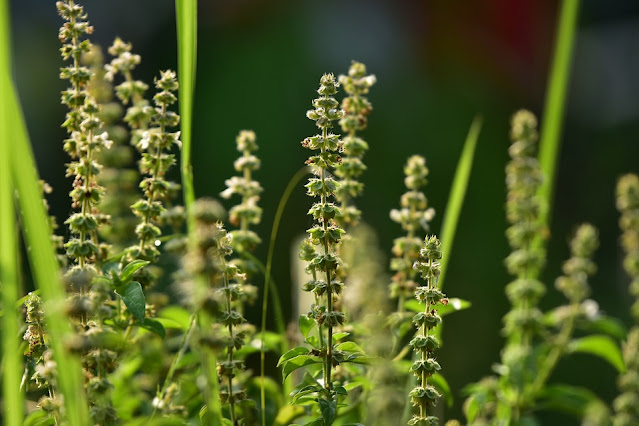 |
| Basil seeds need to go into a tea or a seed bank. That is the potential wealth of "Biodiversity" |

Sesame seeds, peanuts, millets, lentils, and oilseeds ... they are dry land crops ideally suited for moisture stressed agri-scapes like Anantapur. By adopting dryland agriculture as the mainstay of agro-ecological interventions by Accion Fraterna Ecology Centre, not only were external inputs
Other agro ecological interventions included micro finance based dairy production. Native milch cows were admittedly in competition with antibiotics induced veterinary products like Holstein and Jersey cows but these native breeds were eco friendly and fiscally far more sustainable in the long term.
 |
| Water hungry crops are not suited for arid landscapes like the desertified Anantapur district. |

 |
| Layers of ash unearthed by Japanese volcanologists reveal the different strata and age of the ash fall. |


Once the Ice Age ended the gradual change in Climate rendered this part of the Indian peninsula dry - as it is located in the transect between Southwest and Northeast monsoons that accounts for the entire cycle of the human landscape in the Indian Ocean Rim states.
Gradually soil erosion changed the whole landscape.
The desertified landscape is in the process of recovering as quantified by the presence of wildlife and avian fauna.
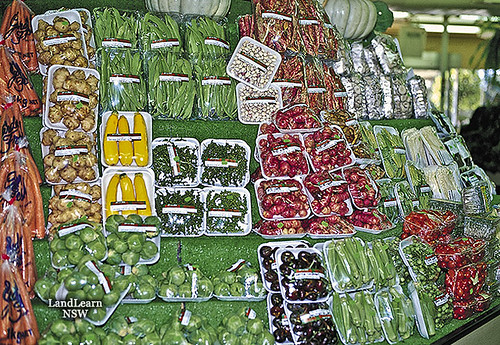 |
| The sheer diversity of agricultural and horticultural produce in Anantapur is simply put - fascinating. |
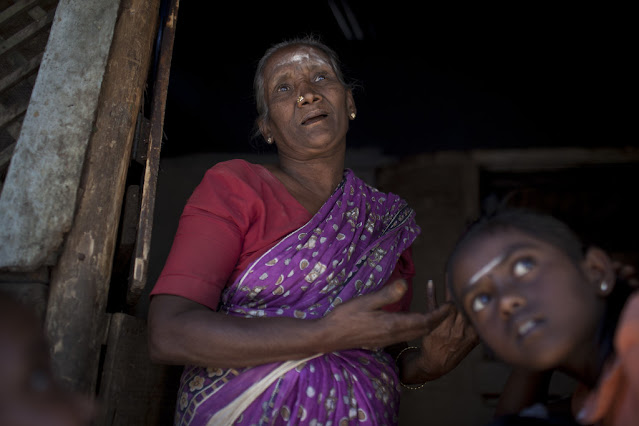 |
| Poverty eradication is at the centre of watershed management in Anantapur. |
 |
| Dryland development and wasteland development initiatives of the Government of India found fruition when Watershed management succeeded. |
  |
| Heartening to note that rewilding has commenced. |
 |
| Check dams like these dot the landscape and conserve scanty rainwater. |
 |
| Native nutrition like bitter gourd have to be art of the food security les we lose food sovereignty. |

 |
| White hibiscus is part of traditional medicines for women with menstrual problems. Such are the diverse uses of "Biodiversity" |
 |
| Contour bunding on a ridge slope helps save rain water. Different or diverse varieties of grasses - part of native biodiversity - also help in permeating rain water to the ground water table. |
 |
| Watershed management is now deployed in many Latin American countries too. |
 |
| The desertified landscape manifests... |
 |
| Different varieties of grass help in replenishing ground water by effectively sequestering rainwater in arid landscapes. |
Native crops like millets are ideally suited for dryland farming and forms the best source of native nutrition... resilient to all modern health disorders too.
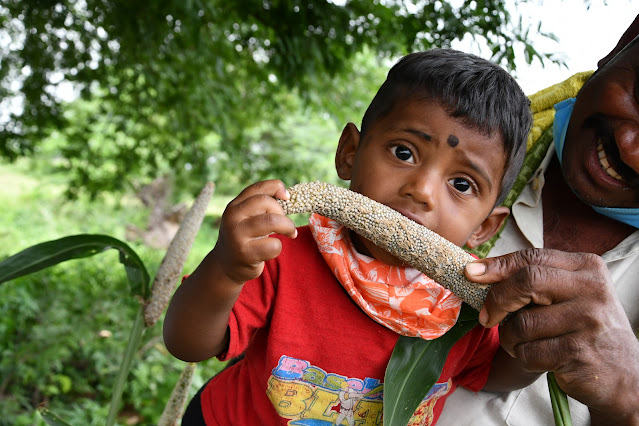 |
| Millets offer a native nutrition option in times of extreme weather events that destroy non native crops ike wheat and rice. |
 |
| With native nutrition comes livelihood security another feather in the cap for agro ecological interventions like the ones designed by Accion Fraterna Ecology Centre. |
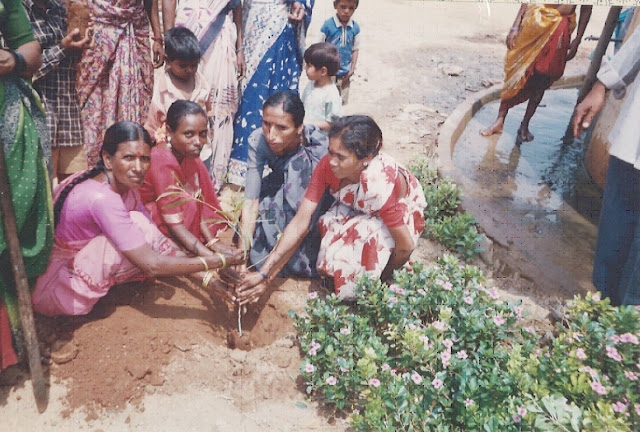 |
| This mango sapling is too young and too small to survive the arid famine prone desertified landscape. Saplings should ideally be 2.5 metres in height at the time of planting. |
 |
| Native millet diversity ... part of dry land farming. |
 |
| Native biodiversity has the added advantage of medicinal value... hibiscus flowers are part of native medicinal interventions for menstrual problems for women. |
The desertification - part of a geological cycle of Climate Change led to sand dune formation in some parts of Anantapur.
Transformation of the desertified landscape succeeded through agro ecological interventions ... like this horticultural success.
 |
| A strawberry farm shows how the soil needs to be covered in vegetation to mitigate desertification. |
 |
| Red soil has yielded after three decades of agro-ecological interventions in Anantapur. |
Text and captions:
Malini Shankar, Digital Discourse Foundation,
Malini Shankar, Digital Discourse Foundation,
Accion Fraterna Ecology Centre,
M. Shaiksha Vali,
Ronny Smet,
Creative Commons
Links:
http://af-ecologycentre.org/
https://myrada.org/environment-and-natural-resource-management/
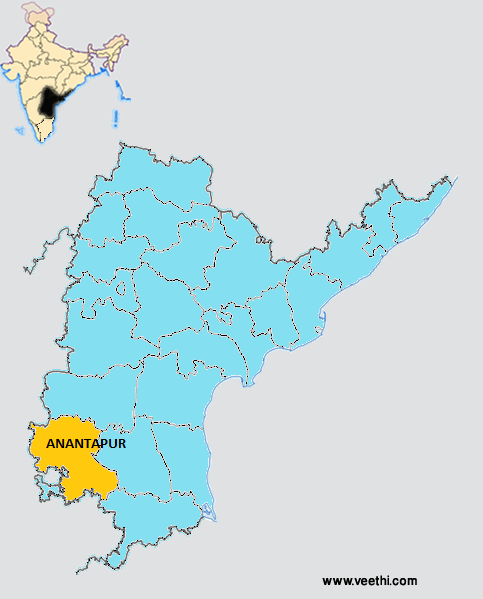


















































































































































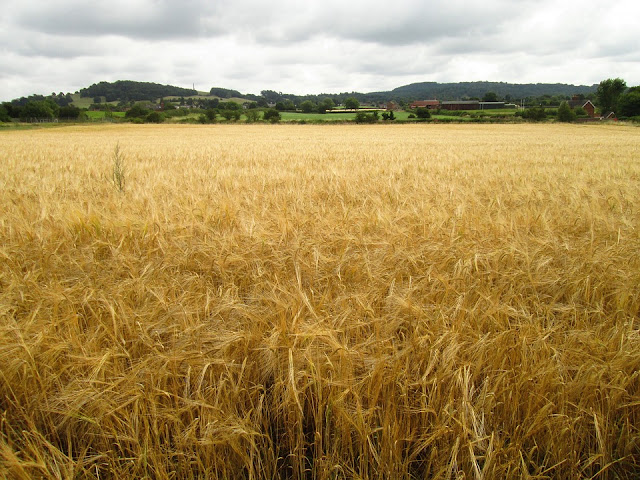










































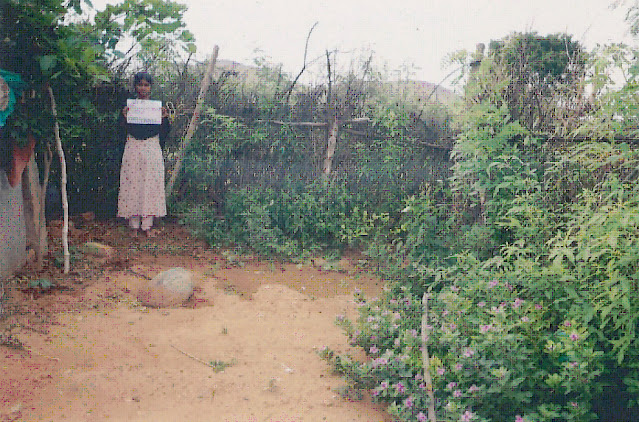

























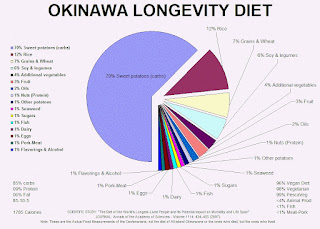




























































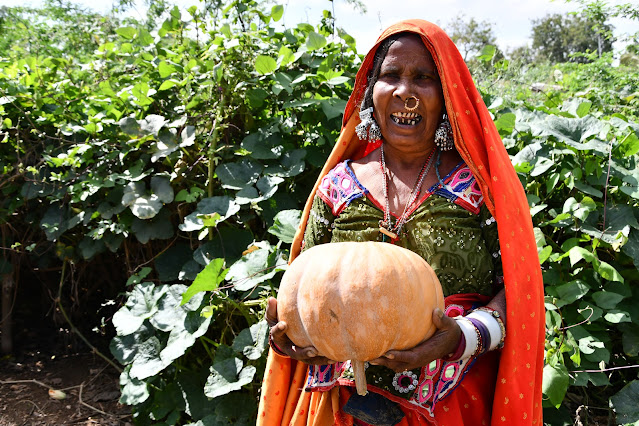












The quality and diversity of the photo blog makes this work very appealing.
ReplyDeleteKeep up the good work!
Oh! Many thanks!
DeleteVery intresting to know how Anantpur has been transformed. Should be replicated in other areas smilarly affected. Excellent inputs and photos. Kudos to all involved.
ReplyDelete